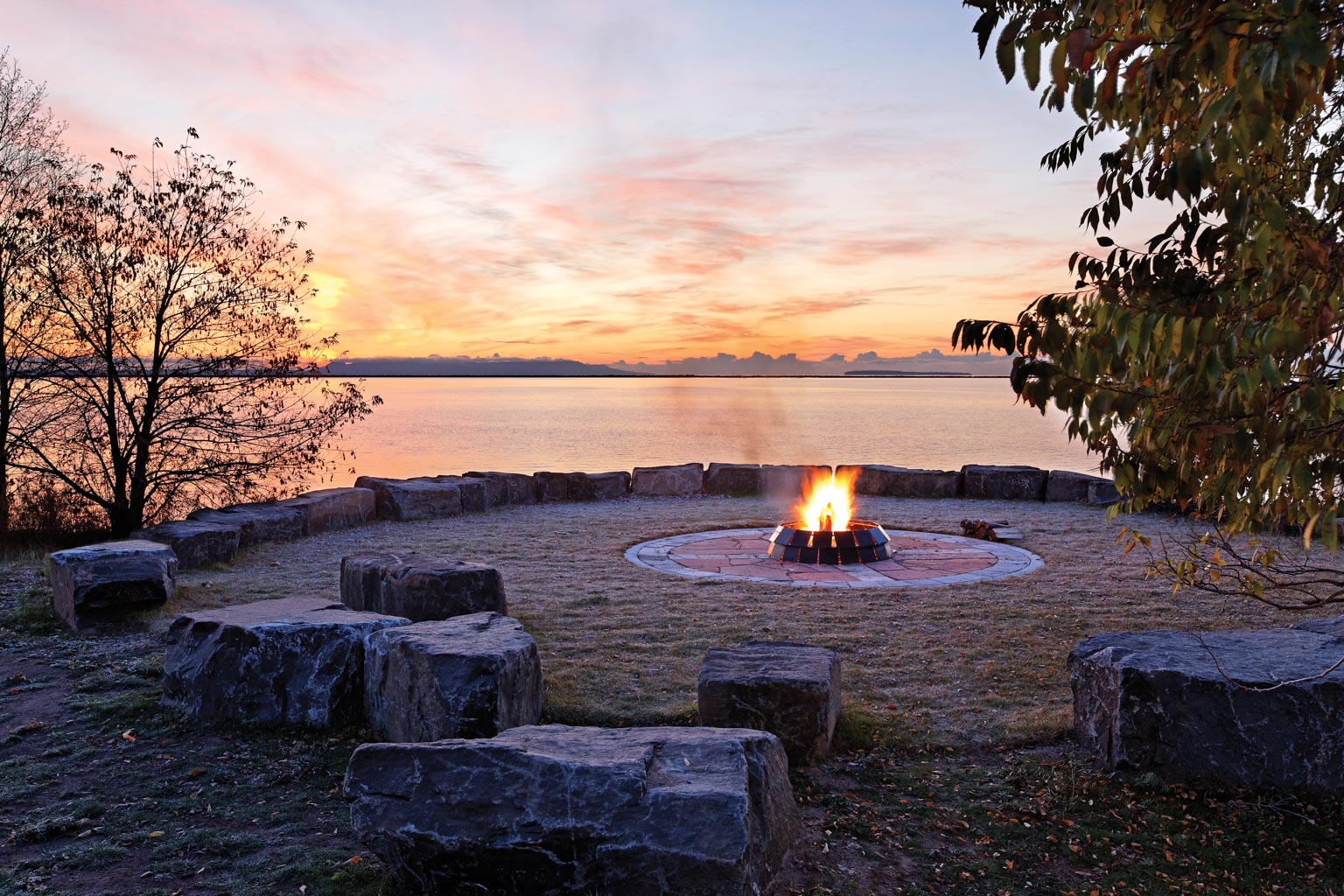1/ Intro
2/ What we do
3/ What can we all do/ Resources
1/ Intro
National Indigenous History Month is a significant annual observance in Canada that takes place during the month of June. This month serves as an opportunity to recognize, celebrate, and honour the diverse history, cultures, and contributions of Indigenous peoples throughout the country. It is a time to reflect on the rich heritage and resilience of the First Nations, Inuit, and Métis communities, while also acknowledging the injustices they have faced. National Indigenous History Month encourages education, awareness, and dialogue, fostering a greater understanding and appreciation of Indigenous culture and history among all Canadians. It is a chance to engage in meaningful conversations, promote reconciliation, and work towards building stronger relationships between Indigenous and non-Indigenous communities. Promoting reconciliation aims to heal and restore damaged relationships and fosters understanding and empathy. It promotes a sense of unity, equality and belonging, creating peaceful and inclusive societies. Reconciliation plays a crucial role in seeking truth and justice, preventing the recurrence of conflicts in order to build a more harmonious and sustainable future.
2/ What we do
At Brook McIlroy, we believe that Indigenous design is an important piece in honouring cultural heritage, promoting inclusivity and integrating sustainable and holistic design principles. Our team of architects, interior designers, landscape architects, planners and urban designers are dedicated to resorting Indigenous presence in communities and landscapes. By drawing upon traditional Indigenous knowledge, world views, customs and practices, valuable lessons for creating more resilient and regenerative built environments can be created. Brook McIlroy’s Indigenous Design Studio currently consists of 6 Indigenous practitioners. In 2020 our studio achieved the highest ‘Gold’ certification level through the Canadian Council for Aboriginal Business’s Progressive Aboriginal Relations (PAR) program.
Brook McIlroy has been actively incorporating Indigenous knowledge, traditional building techniques and design innovation into all our projects, creating spaces that honor and celebrate Indigenous cultures. The following are only five, out of many, remarkable projects that exemplify this integration, highlighting how Indigenous wisdom and craftsmanship can enhance and inspire contemporary design. These projects serve as powerful reminders of the importance of cultural diversity and the harmonious relationship between humans and the environment.
Spirit Garden
This waterfront park in Thunder Bay includes the Celebration Circle, a bentwood structure showcasing Indigenous building techniques and serving as a space for teaching, performance, celebration, and contemplation. Created in collaboration with a local Indigenous artist Randy Thomas. /link
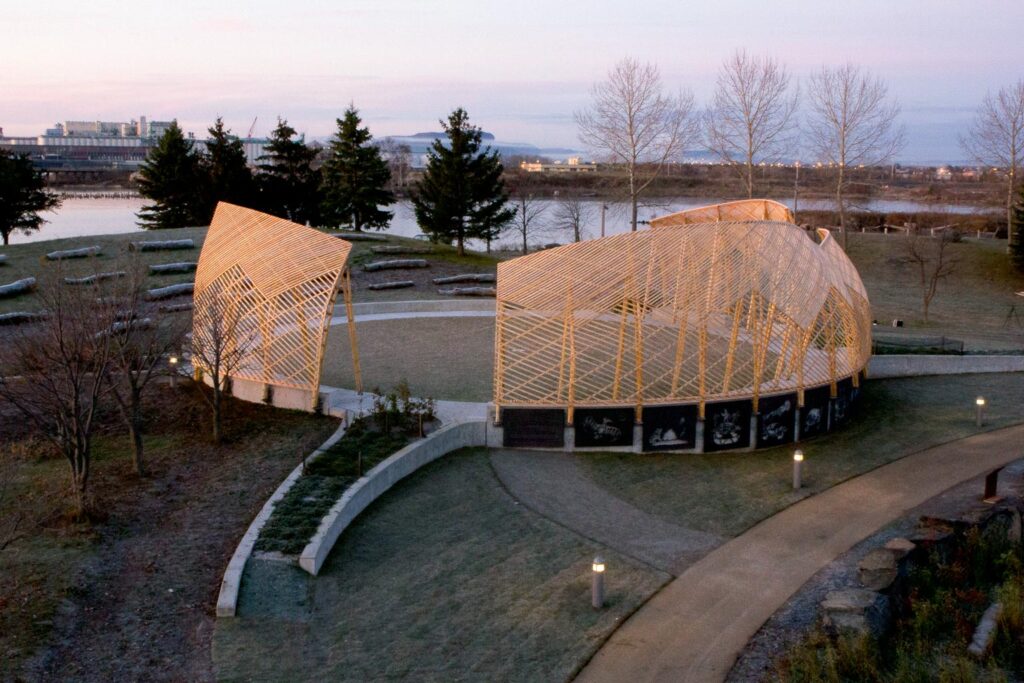
Saugeen Creator’s Garden and Amphitheatre Master Plan
Saugeen First Nation is revitalizing the Saugeen Amphitheatre with master craftsman Dean McLellan. The project includes restoring the dry-stone construction, gardens, and hiking trails. Brook McIlroy is developing a master plan for a visitor center, stage, lighting, and redesigned gardens with a narrative based on the Seven Ancestor Teachings. Crawford Lake in Ontario is a rare site that preserves the archeological remains of a pre-existing Wendat longhouse village. We worked with Six Nations, Indigenous Peoples in Halton, local educators, Conservation Halton, and Indigenous facilitator JP Gladu to create the Deer Clan Longhouse, which attracts 80,000 visitors annually. /link
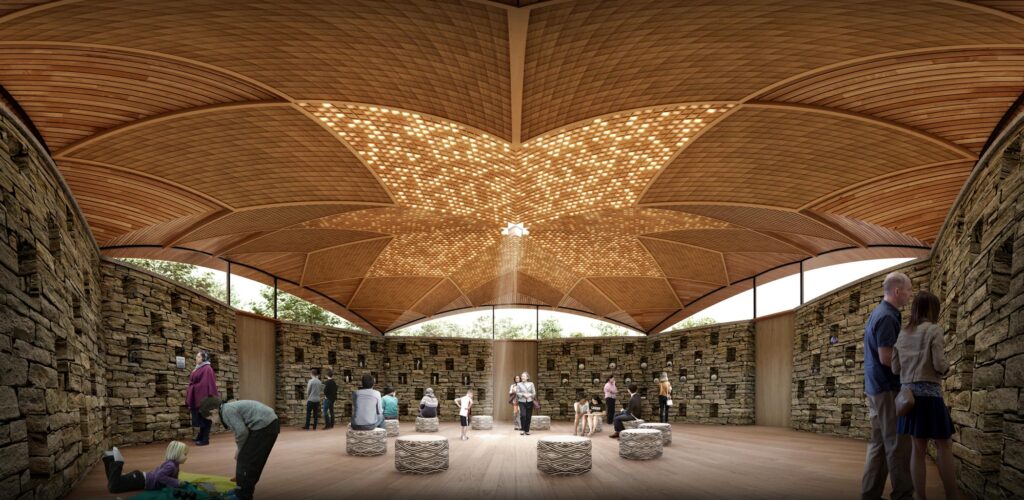
Deer Clan Longhouse
Crawford Lake in Ontario is a rare site that preserves the archeological remains of a pre-existing Wendat longhouse village. We worked with Six Nations, Indigenous Peoples in Halton, local educators, Conservation Halton, and Indigenous facilitator JP Gladu to create the Deer Clan Longhouse, which attracts 80,000 visitors annually. /link
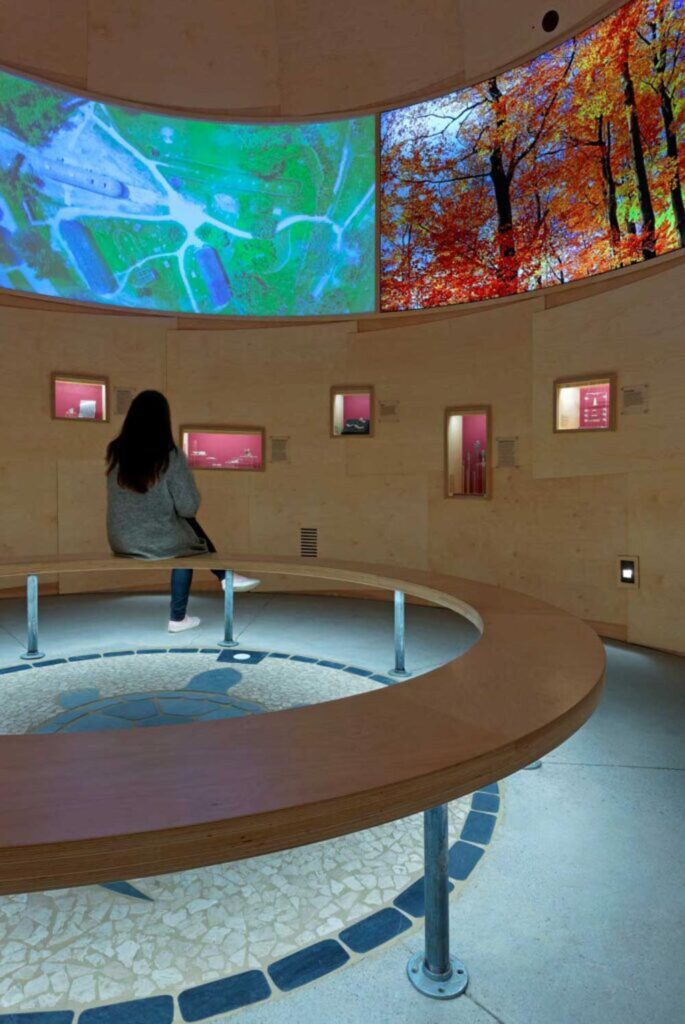
Awen’ Gathering Place
The Awen’ Gathering Place is a luminous sculptural pavilion in Collingwood, dedicated to fostering sharing, learning, and advancing truth and reconciliation. The Seven Ancestor Teachings, part of Anishinaabe/Midewiwin tradition, guide ethical behavior and the “good way of life.” The project reflects a collaboration between Elder Duke Redbird and our Studio. /link
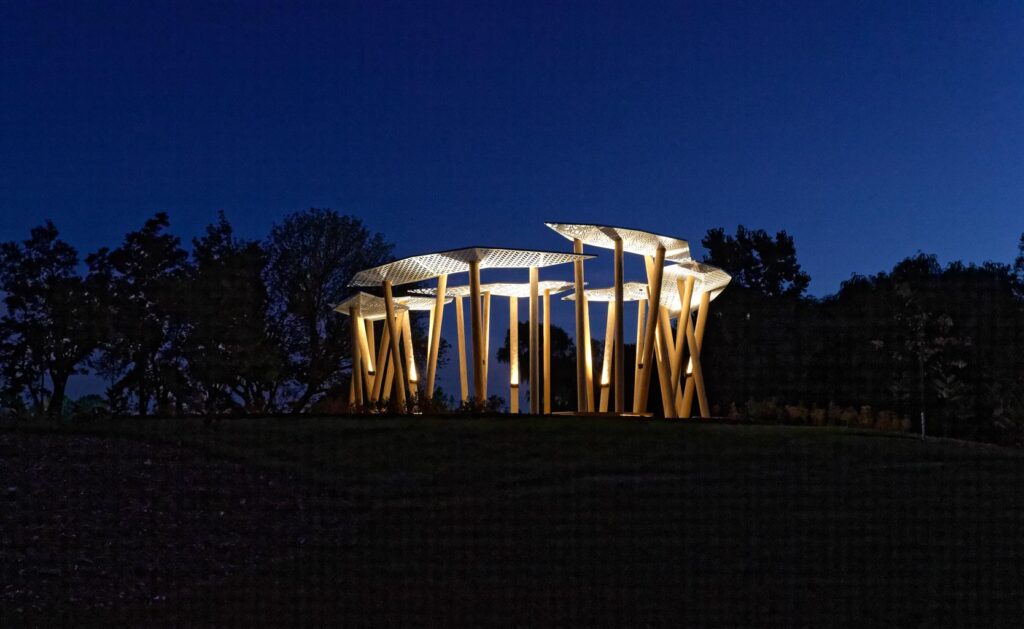
Algonquin College Library Renewal & Institute for Indigenous Entrepreneurship
Algonquin College’s DARE District introduced an Institute for Indigenous Entrepreneurship, an Indigenous Commons, and renovated spaces in the main library and learning centre with Indigenous design and language references. /link
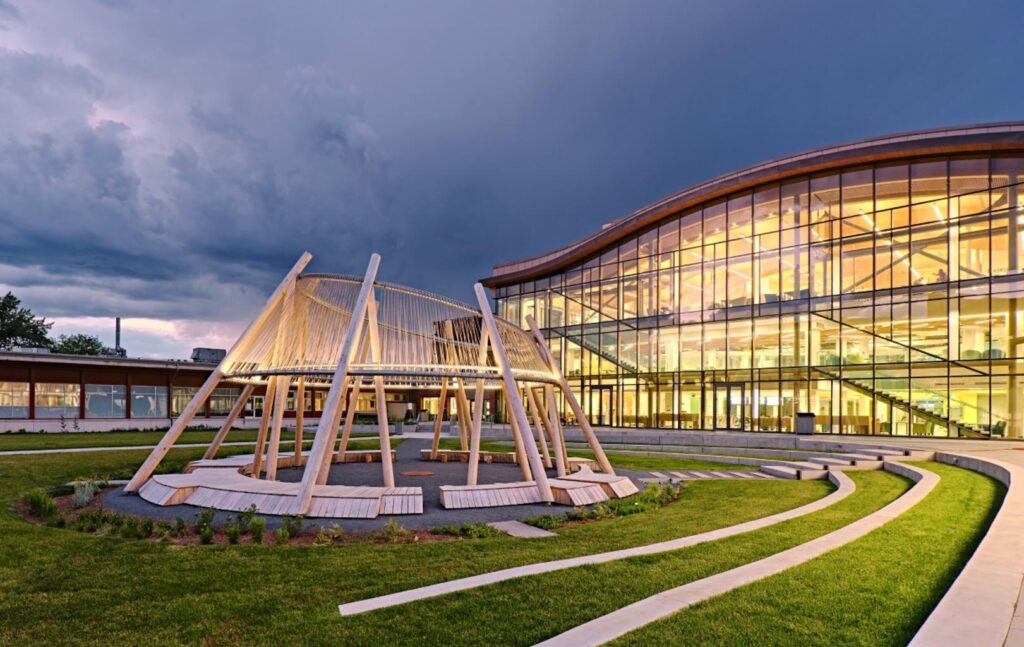
3/ What can we all do/ Resources
In our journey towards promoting understanding and fostering inclusivity, it is crucial to educate ourselves about the struggles, perseverance and rich cultural heritage of Indigenous peoples. To support this important learning process, we encourage you to explore the following resources which provide valuable insights into Indigenous culture. The featured resources will allow you to learn, listen and stand in solidarity with Indigenous communities. Let us embark on this transformative journey of education and awareness together and pave the way for a more inclusive and harmonious future.
Indigenous Peoples Atlas of Canada
National Centre for Truth and Reconciliation (NCTR)
CIP Indigenous cultural competency program


